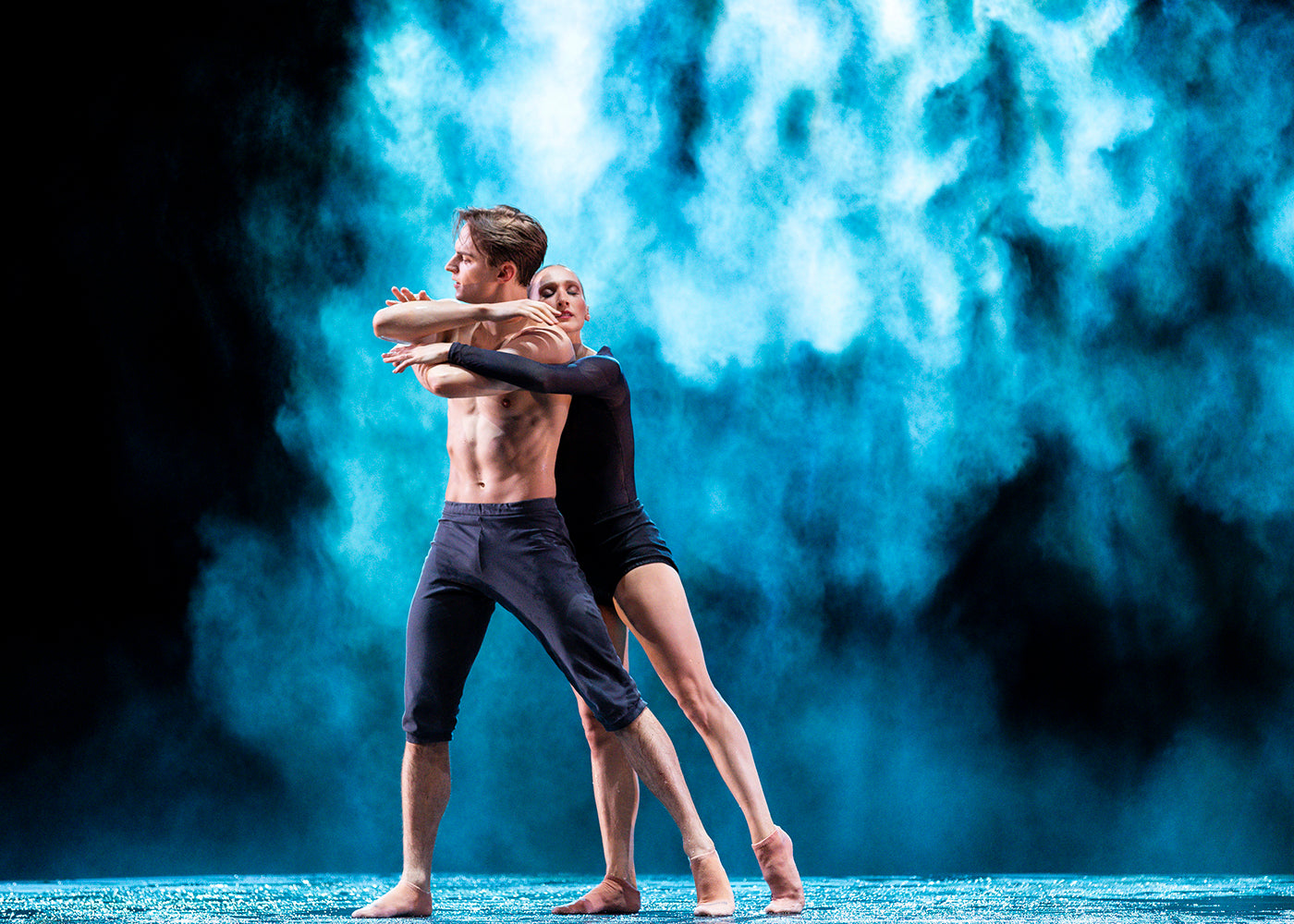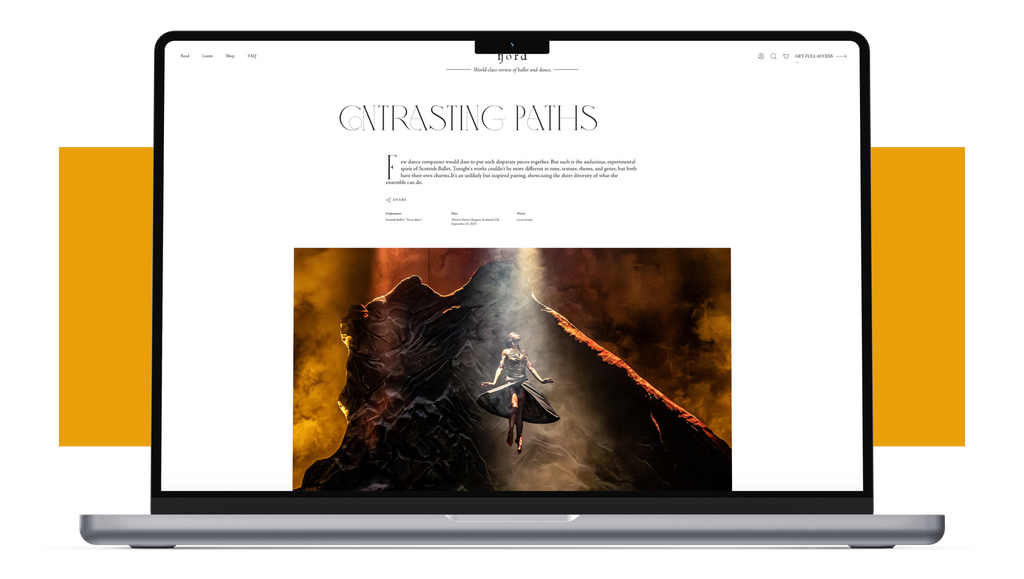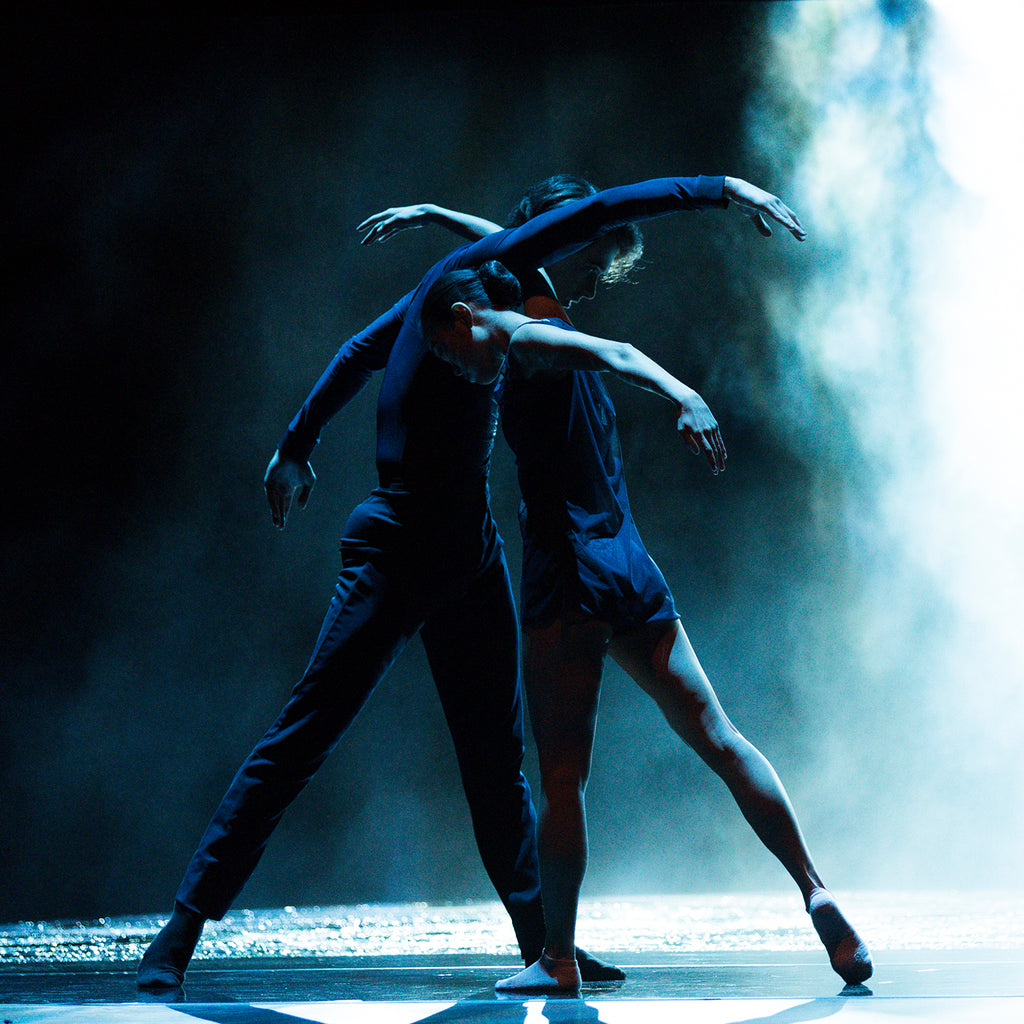Sweet Fields
According to artistic director Peter Boal’s welcome letter for Pacific Northwest Ballet’s fifth season program, the most popular mixed rep slates at PNB feature works by Crystal Pite or Twyla Tharp.
Continue Reading
World-class review of ballet and dance.
Reading up on the backstory of how Alejandro Cerrudo’s “One Thousand Pieces” finally made it to the stage at Pacific Northwest Ballet, one is struck by the epic commitment the company lavished upon an epically scaled dance.
“One Thousand Pieces” is 70 minutes long, composed in three parts and 35 sections. Prior to the performance at PNB, it had been performed only one time, at Hubbard Street Dance Chicago in 2012. In order to perform the mélange of Philip Glass compositions live, PNB’s orchestra invested two years of chasing down copyright permissions and locating rare scores. Finally, there’s the epically disrupted timeline of the work’s rehearsal journey in Seattle. Originally slated for a 2020 company premiere, “One Thousand Pieces” was the last work PNB ran in dress rehearsal before Covid-19 shut down theaters. The company then danced one section of it for a digital stream release in 2021. But only this March, a year after Cerrudo wound down his stint as PNB’s resident choreographer, was the work finally danced in full.
Performance
Place
Words



“Uncommonly intelligent, substantial coverage.”
Already a paid subscriber? Login

According to artistic director Peter Boal’s welcome letter for Pacific Northwest Ballet’s fifth season program, the most popular mixed rep slates at PNB feature works by Crystal Pite or Twyla Tharp.
Continue ReadingLassoing is a surprising through-line for a Martha Graham Dance Company performance. The theme steps generally tend towards the child-birthing variety: contractions and deep squats.
Continue ReadingAs a dance viewer, it’s easy to get swept up in the grand movements in a piece, glossing over the finer details.
Continue ReadingHubbard Street Dance Chicago was in New York for a two-week run March 12–24 at the Joyce Theater, a venue that consistently programs excellent smaller dance companies in its 472-seat theater.
Continue Reading
comments